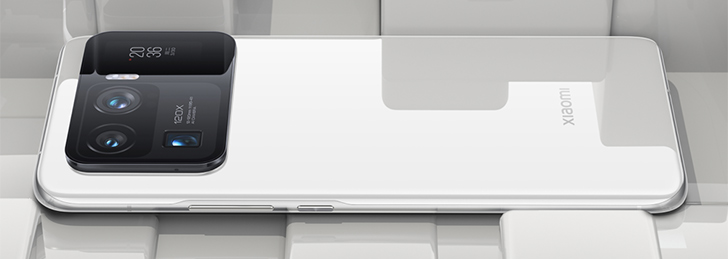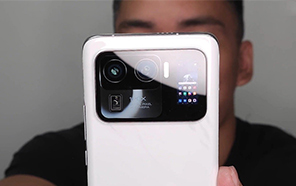Xiaomi expanded their flagship Mi 11 series with three new phones yesterday. The long-anticipated Mi 11 Ultra and Mi 11 Pro were also joined by Mi 11i, which is the global version of the Redmi K40 Pro+. Here’s a quick breakdown of what this trio has to offer.
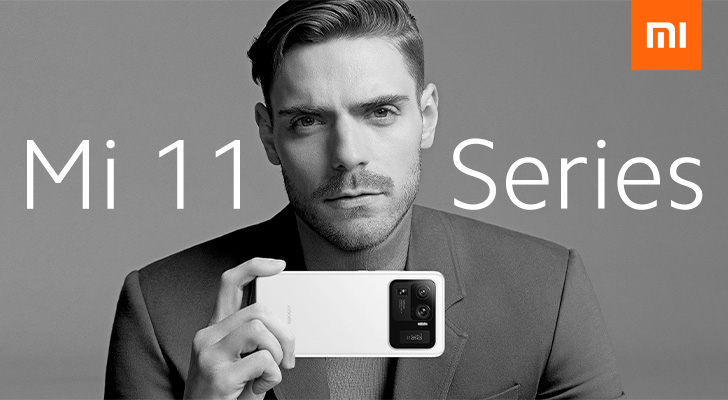
Xiaomi Mi 11 Pro
The Pro edition takes design cues from both the Ultra and the standard Mi 11. Its screen is also a huge 6.81” AMOLED panel, featuring a 120Hz refresh rate, QHD+ resolution, and Gorilla Glass Victus protection. The panel is quad-curved, has a tiny hole-punch in the corner, and 1500 nits of ample brightness.
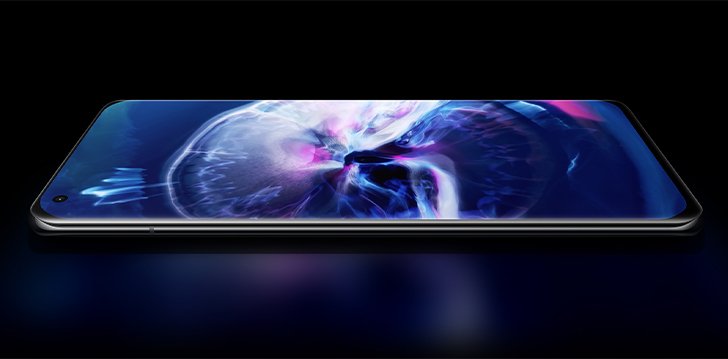
You also get the typical features you’d expect from a flagship device: 67W wireless charging, dual speakers tuned by Harman Kardon, NFC, Dolby Vision visuals, IP68 dust, and water resistance, and the latest version of MIUI.
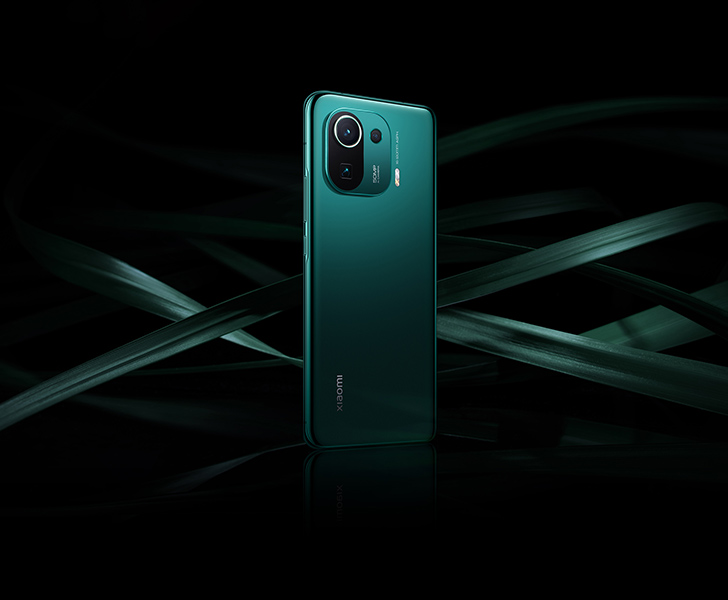
The battery, chipset, memory/storage, and charge specifications are shared with the Mi 11 Ultra, so you can expect it to be just as much of a powerhouse. But the secondary cameras are where the two models part ways.
Mi 11 Pro has a far less elaborate setup that uses the same 50MP GN2 sensor, an 8MP periscope camera with 5x optical zooming, and a 13MP wide-angle lens. It starts from CNY 4,999 (~ Rs. 116,900) and comes in violet, jade, and charcoal shades. Customers get to pick whether they want the charging brick and cable in the box when ordering.
Xiaomi Mi 11i
Mi 11i is seemingly the lower-end of the three models, but it’s very much a flagship in its own right. If you’ve been following the Redmi K40 line, the phone might seem familiar to you; that’s because it is. The Mi 11i is a rebranded version of the Redmi K40 Pro+ meant for the global market.
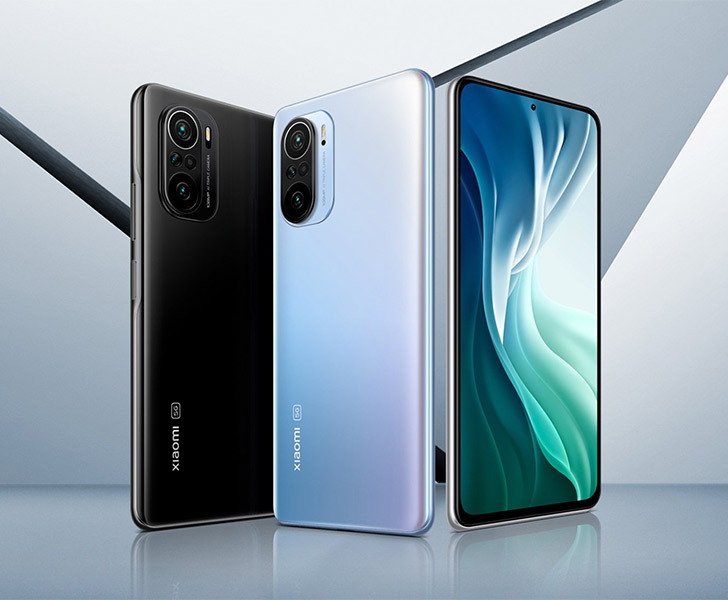
Instead of the curved screen, the Mi 11i features a flat, almost bezel-free SuperAMOLED display. It’s a 6.67” panel that refreshes at 120Hz, produces a full HD resolution, and peaks at 1300 nits of brightness. The screen is toughened with Gorilla Glass 5 and an IP53 splash-resistance rating.
The Mi 11i is also powered by the Snapdragon 888, but the chip is hooked up to a 4520 mAh that fast charges at 33W over a wire. No wireless charging is available but the wired charger offers a 100% top-up in just 52 minutes. You also get 128GB/256GB of UFS 3.1 storage and 8GB of memory.
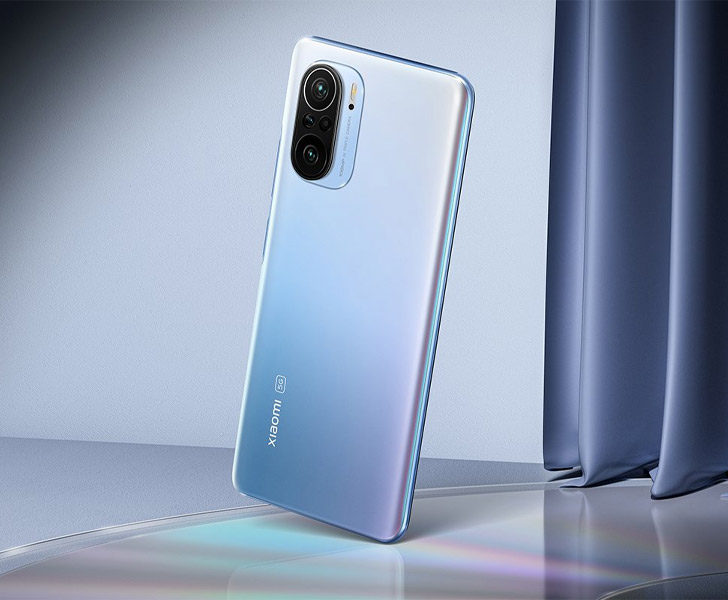
Lastly, the camera system onboard the Mi 11i is far tamer in comparison: a 108MP HM2 sensor, an 8MP 119° ultra-wide camera, and a 5MP tele-macro lens. The selfie camera is 20MP.
Xiaomi Mi 11i comes in Celestial Silver, Cosmic Black, and Frosty White colors and starts from €649 (~ Rs. 117,000.)
Xiaomi_Mi-11-Ultra
The Mi 11 Ultra is currently the highest-end flagship phone that Xiaomi makes. It’s built on the 5nm Snapdragon 888 chip and a 5000 mAh battery. The fast-charging tech can refuel the device fully in only 36 minutes. Plus, you get up to 12GB of next-gen memory and 256GB of UFS 3.1 storage.
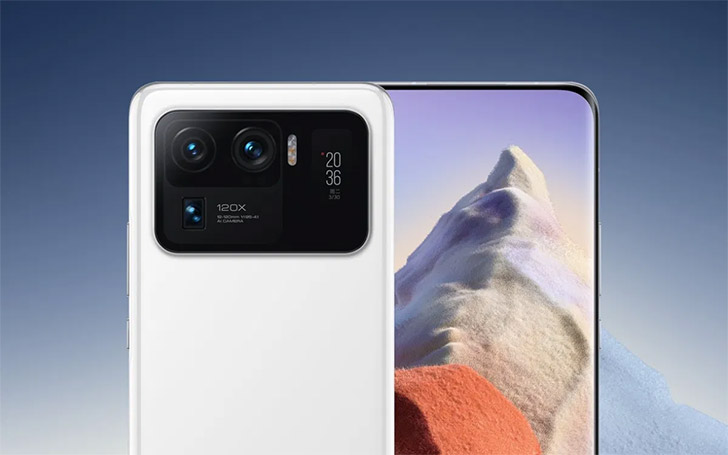
Next, we have the phone’s hole-punch display that curves along the edges. The bezels practically vanish into it. It’s a 6.81” AMOLED panel that peaks at an eye-searing 1700 nits of brightness, a smooth 120Hz refresh rate, and an ultra-responsive 480Hz touch sampling rate. It produces a 2K resolution and is protected with Gorilla Glass Victus.
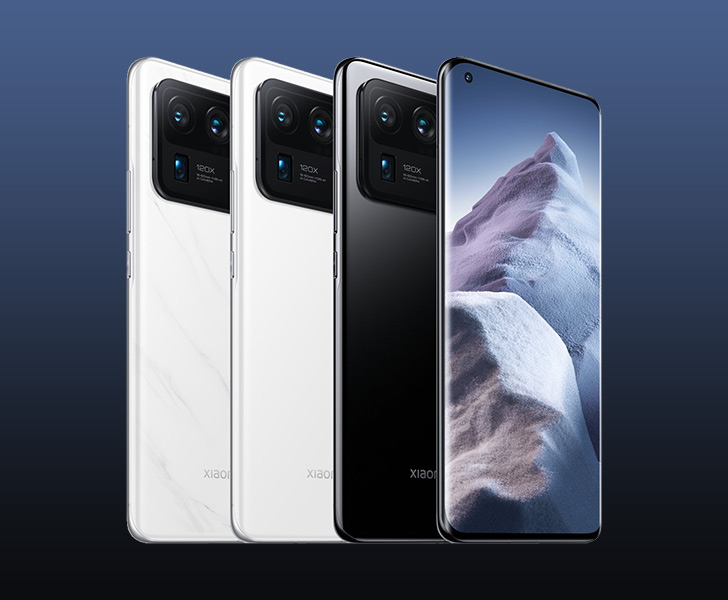
The camera system is arguably the highlight of the Mi 11 Ultra. For its primary camera, the phone uses the 1/1.12” Samsung GN2 sensor — currently the largest you’ll find in a smartphone. It’s paired with a 48MP periscope lens with up to 5x lossless zooming range.
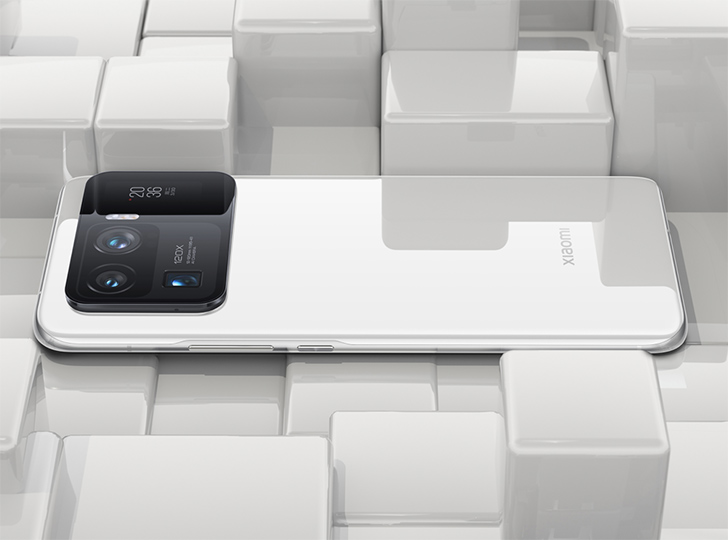
Lastly, a 48MP wide-angle camera with an extended 128° field-of-view rounds off this setup. A Premium flagship at a premium price point.
Xiaomi has even integrated a 1.1” AMOLED screen into the camera housing that lets you take selfies with the primary camera (and can double as an AOD for notifications and such.) The Mi 11 Ultra base edition starts from CNY 6,000 (~ Rs. 140,000.)
